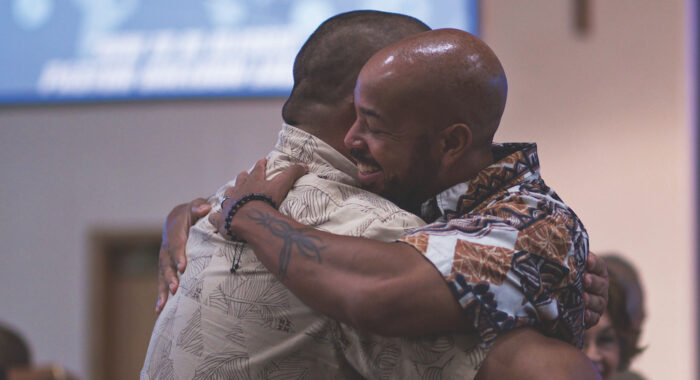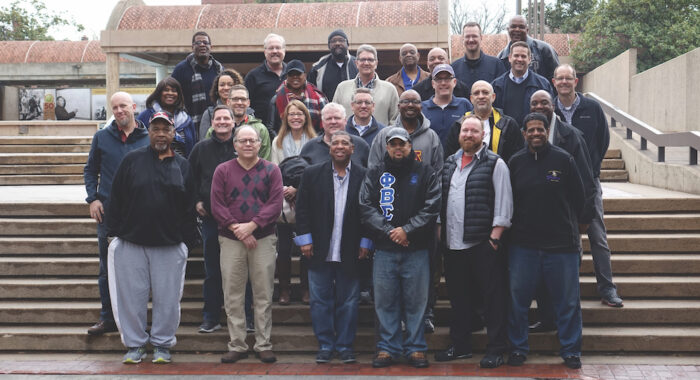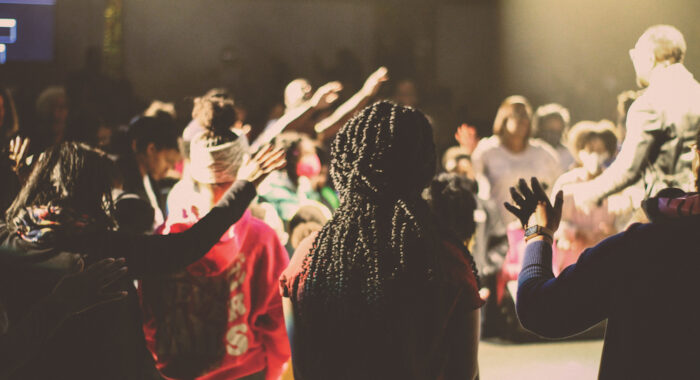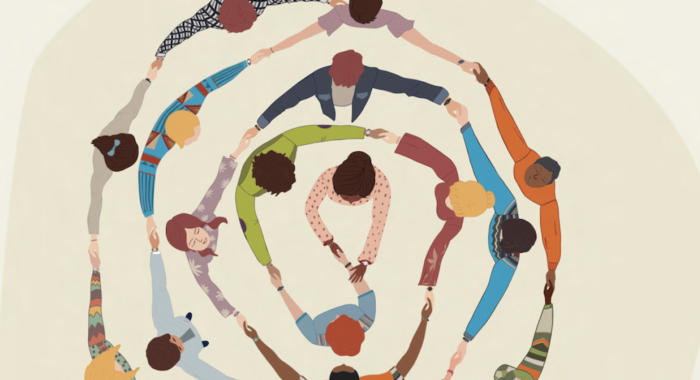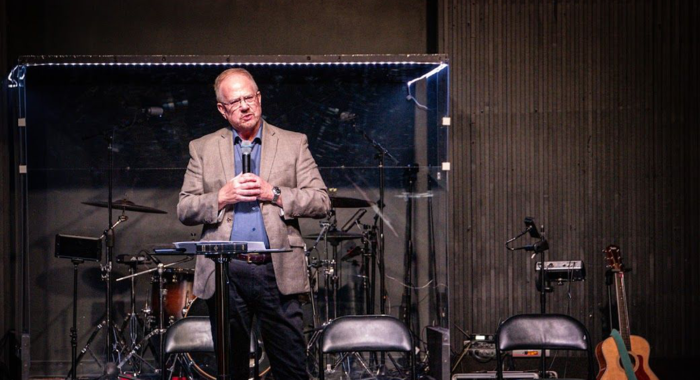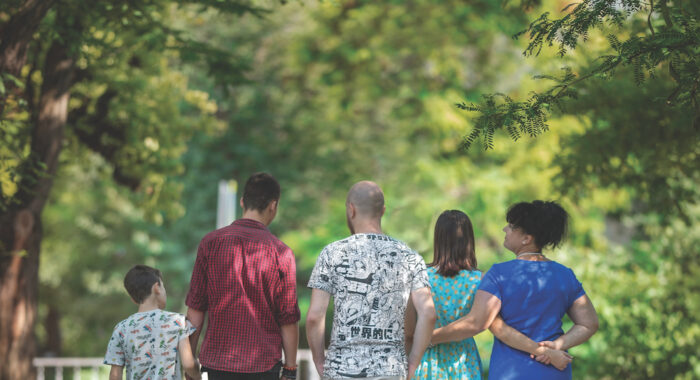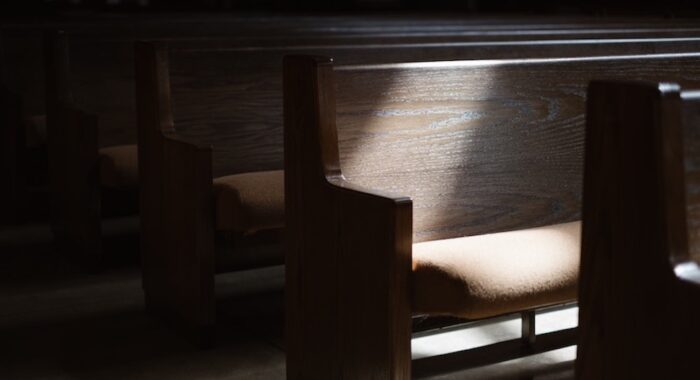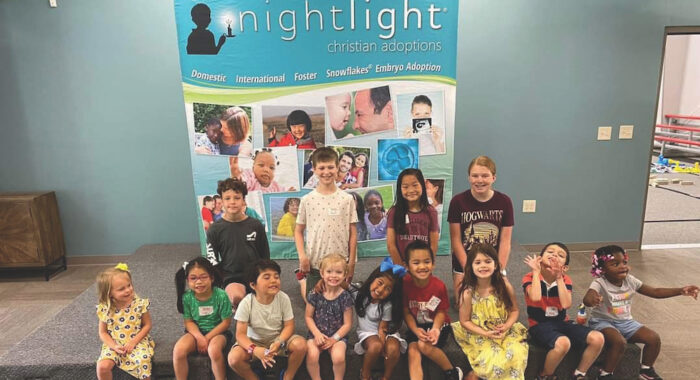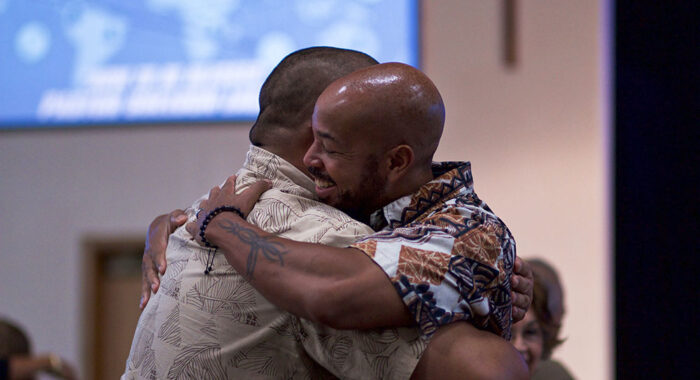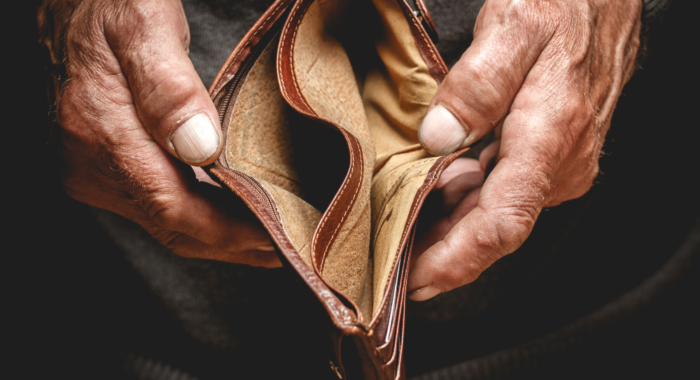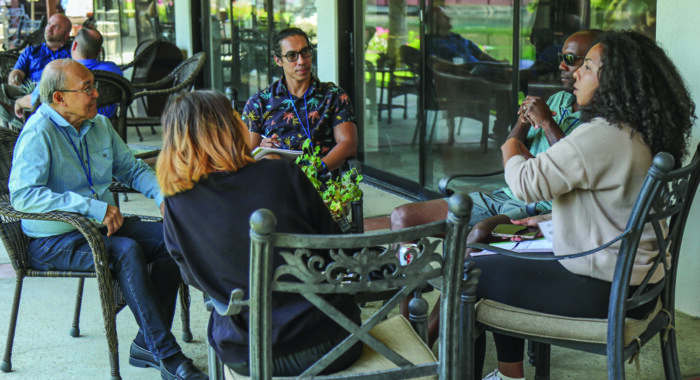Where were America’s megachurches in 1950? They were called “tall steeple churches,” and most of them were downtown. From Boston to Los Angeles, the congregations with the most people, money, fame and influence were in and around the center city where people lived and worked.
Then came the post-war boom. Actually there were lots of booms. So many babies were born that the children born in the 40s, 50s and 60s are still called Baby Boomers. President Eisenhower promoted the Interstate Highway System, but that was only part of the transportation boom, as roads and bridges filled with cars for every garage. The GI Bill underwrote college education for veterans. The middle class expanded as never before. And new suburbs surrounded old cities and were populated by millions of mobile families. Those who once lived in the city could move to a nearby town and buy a new house with a big lawn, garage, nearby schools and shopping centers.
As prosperity flooded to suburbs, poverty increased in old neighborhoods of established cities. Those who couldn’t afford the suburbs stayed behind. Migrants left the Jim Crow laws of the South seeking freedom and good jobs in northern cities. Immigrants weren’t welcome in the suburbs, so they settled in declining urban neighborhoods.
No, this wasn’t everywhere. There were still rich people in Manhattan apartments and poor people in New Jersey suburbs, but much of urban-suburban America started to look like a donut with poverty in the middle and prosperity around the perimeter. “Urban” became a negative adjective attached to “neighborhood,” “school” and “church.” Most Americans knew what was meant by “inner city,” and it wasn’t usually a compliment.
The downtown tall steeple churches were initially sustained by suburbanites driving in on Sundays, but that didn’t last long. Once small town congregations were becoming large suburban churches. Some of them had tall steeples, but with-or-without a steeple, they replaced the downtown churches in size, money, fame and influence. Too many urban churches didn’t recognize the profound changes coming to their cities, failed to adapt to the people and cultures of their neighborhoods and slowly atrophied.
Now the metropolitan donuts are turning inside out. According to “Confronting Suburban Poverty in America” by Elizabeth Kneebone and Alan Berube of the Brookings Institution, 88 percent of Atlanta’s poor live in the suburbs. And it’s not just Atlanta; metropolitan areas across America see significant increases in suburban poverty. At the same time, downtowns that once languished are flourishing with expensive new housing, young urban professionals and empty nesters moving within walking distance of theaters, restaurants, museums and sports arenas.
If the past is a teacher about the future, our churches must recognize and adapt to the reversed donut. The old tall steeple downtown churches have a whole new demographic to reach and serve — much like the suburban churches of 50 years ago. The once comfortable and affluent suburban churches may have already peaked in attendance, and now must reach out to changing demographics with immigrants, racial diversity and increased need for social services — all bringing amazing ministry opportunities for churches ready and willing to be the agents of God in an exciting new mix.
Hear stories from two pastors — one in the urban center and one in a suburban community — whose churches are seeing these trends in their contexts and are adapting.
Denver, CO
Brandon Washington
For generations, Denver’s African American residents called Five Points, a neighborhood immediately northeast of downtown, home. This has also become the home of The Embassy Church. Five Points began as a thriving and diverse center of commerce from the mid-19th to the mid-20th centuries, but many white residents migrated to suburban communities while discriminatory zoning laws deprived black denizens of such freedom. Five Points became known as the “Harlem of the West.” It was a bastion of African American culture and community uncommon to other neighborhoods. As middle and upper class African Americans began leaving the community in the 1970s and 80s, the increasing marginalization led to complications common to many urban communities, including failing schools and falling property values.
Restoration has come, but not in the form of nostalgic renewal. Instead, northeast Denver followed the trend established by neighborhoods situated near downtown districts of America’s other metropolitan cities: urban gentrification.
Unfortunately, many are overlooking the implications of gentrification. An increase in the cost of living is prompting many families, now underemployed, to relocate. The once marginalized community is gradually migrating to Denver’s suburban neighborhoods. And while the racial divide is still a very real obstacle as they integrate into their new communities, the socioeconomic divide is an equally immense chasm. A “cold war” between old and new residents in suburban communities — and in the gentrifying urban center — is all too real.
For the Christian, the circumstances are, nonetheless, encouraging. Suburban churches would do well to celebrate an opportunity to be the hospitable greeters of “the stranger” (Matthew 25:31-46). The urban concerns that were once foreign to suburban churches will now be routine congregational needs. Instead of transporting the suburban church to a fresh mission field, God has seen fit to refresh the existing one by diversifying it.
And, urban churches have a unique opportunity to help old residents adjust to their changing neighborhood, welcome new residents and be a loving bridge between the two. To this end, The Embassy Church highlights the gospel values of diversity and integration. When divisive barriers are torn down, we are able to experience the struggles of others instead of treating the incoming masses as territorial invaders.
The bold line of demarcation, which once distinguished urban and suburban churches, is blurring. Just as a missionary becomes a student of the language, history, and needs of their mission field, suburban and urban churches should joyfully run, headlong, into their new gospel opportunity.
Minneapolis, MN
Matthew St. John
Located 10 miles northwest of Minneapolis, New Hope Church has flourished in the suburbs with over 3,000 people gathering weekly. In recent years, the church, which was founded in 1949, has been tempted to move from its changing community toward neighborhoods that feel, frankly, more comfortable.
But our congregation has remained steadfast in the belief that we must remain where we are and embrace the shifting dynamics of our community — dynamics that reflect a growing minority population as well as a doubling in the poverty rate from around 6.5 percent in 2000 to 13.7 percent in 2013.
We now operate what has become one of the area’s most recognized food shelves — HopeBridge, where we provide food, hugs and prayers to about 725 people per month. HopeBridge has also hosted public forums on matters ranging from immigration to racial solidarity and is the host site for our growing Latino worship gathering. And practically speaking, the church has just eliminated nearly $4 million in debt so that we can be more agile and available as our community continues to change.
Internally we have worked prayerfully, strategically and thoughtfully toward being a Christ-centered community for all people, believing God would have us become a leading multi-cultural and multi-ethnic congregation within the Evangelical Free Church movement and beyond. We have much more to learn and do!
There are challenges as we navigate through common assumptions about cultural, economic and vocational issues, and we are working to empower our congregation with a robust biblical understanding of these realities. Processing life with a changing and diverse community is new, and at times unsettling, for many. We seek to be deliberate without patronizing, caring without hurting, and forward-moving without discrediting our past or overreaching in the future.
But we must pursue this course. As a flagship majority-culture congregation with a solid reputation and global reach, we need to be intentional with our voice and vision, sharing power, voice and resources with others, and not just wait until it is too late. In this is the Lord Jesus made famous.
This article originally appeared in Evangelicals magazine.




 View All Articles
View All Articles 











